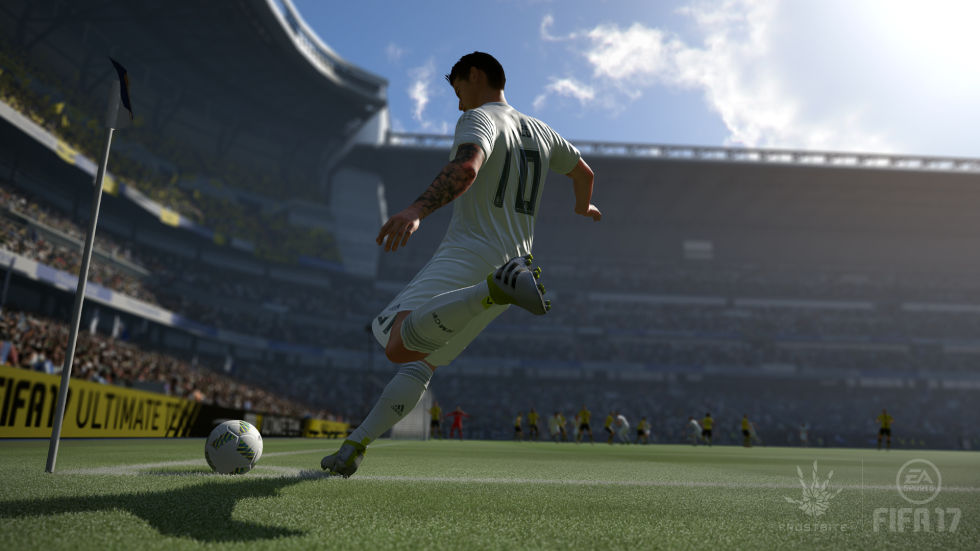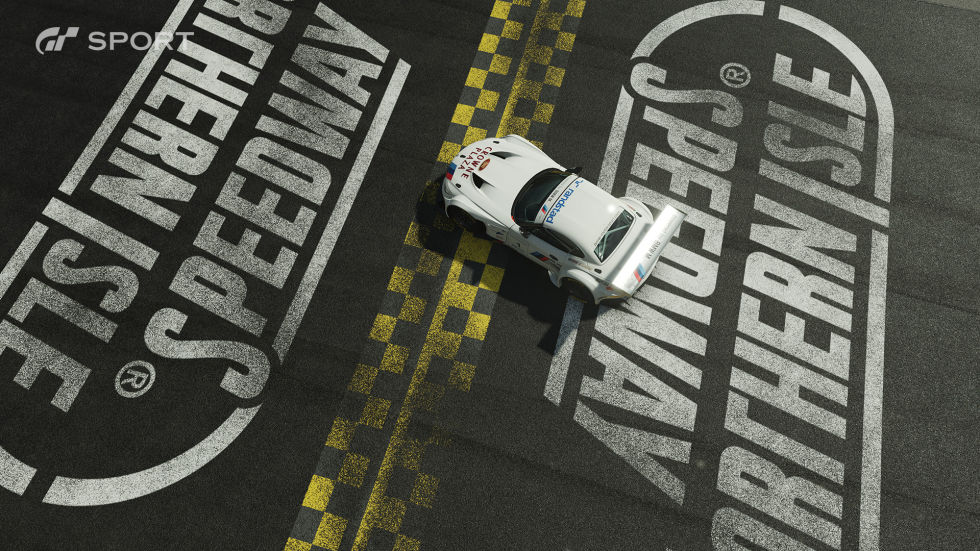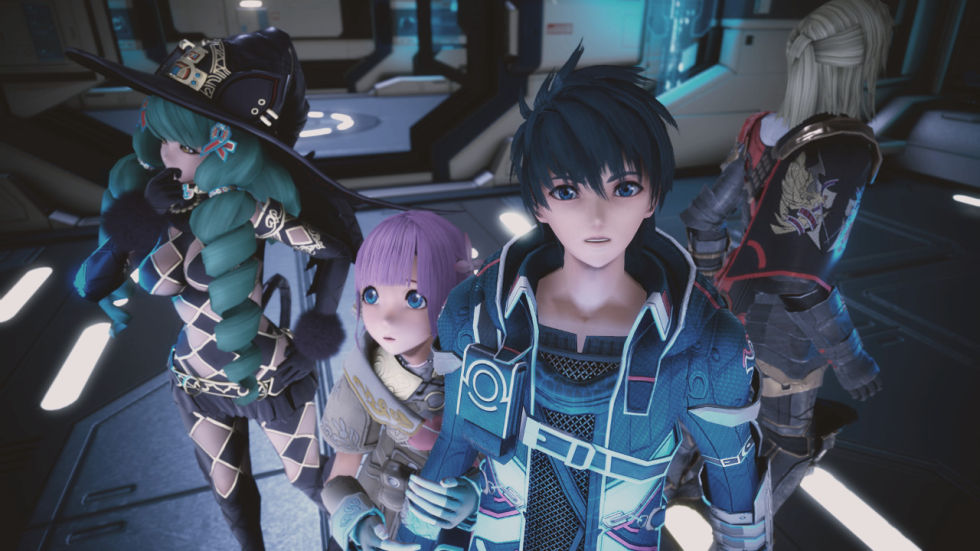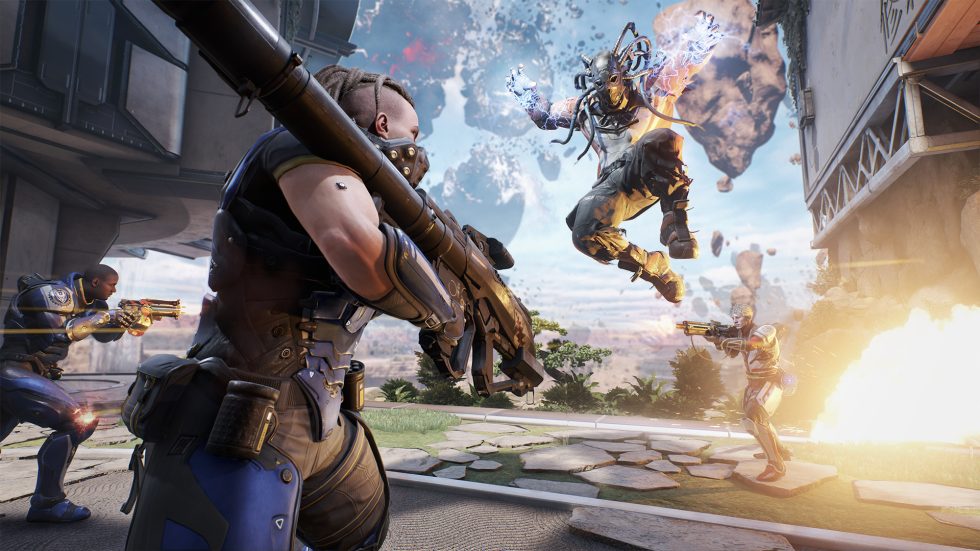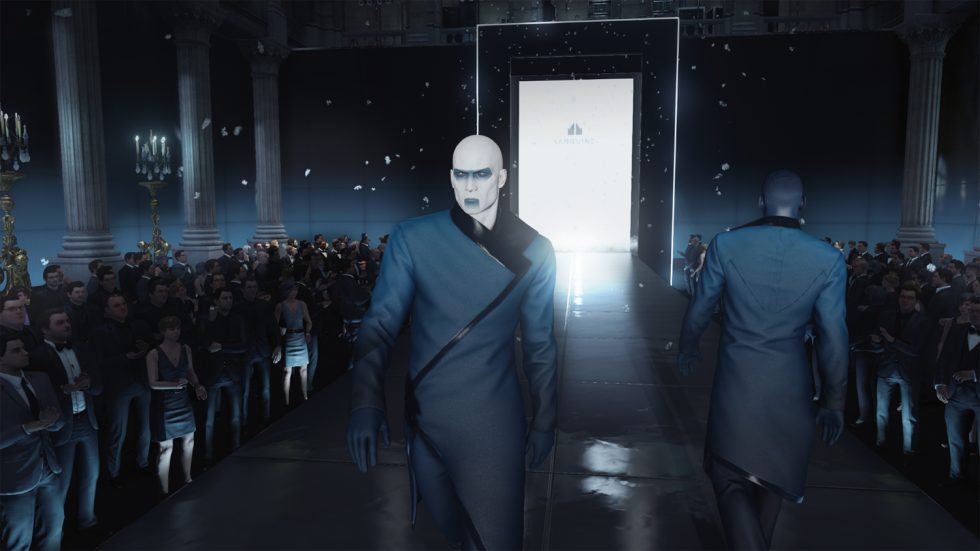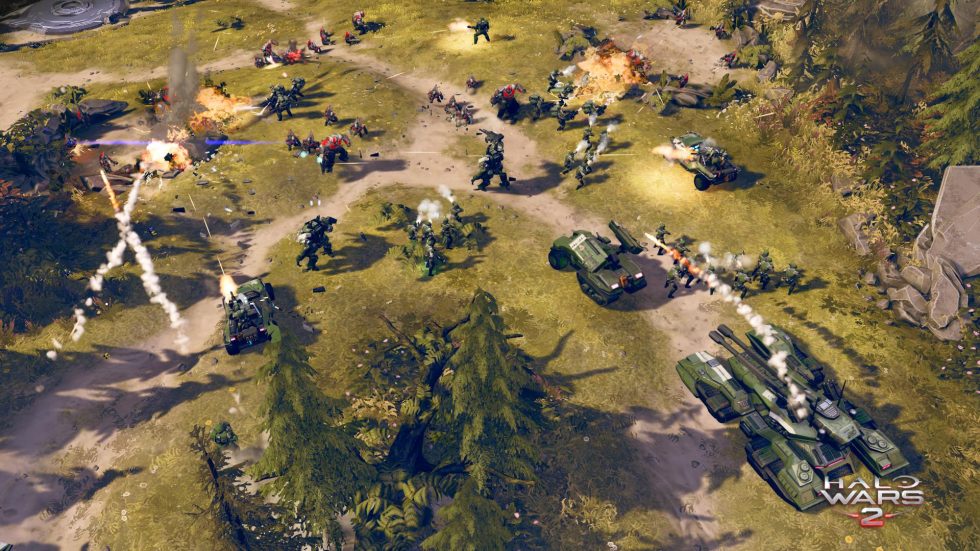
There are all kinds of problems associated with the console real-time strategy (RTS) game, as the original Halo Wars demonstrated with aplomb back in 2009. The limitations of a control pad compared to a mouse and keyboard make camera movement and unit selection difficult. RTS games are typically more reliant on the CPU than GPU, so processing power is limited. And because RTS games have never really had much success on console, there's far more hand-holding required to relay the basics to players. Despite its problems, though, Halo Wars was workable enough to be a somewhat fun entry into what is a fiendishly difficult genus to crack.
Now Halo Wars 2 will opt for an even more difficult task: a simultaneous release across Xbox One and PC. No longer can the design team overlook mouse and keyboard users in favour of the pad player. In theory, both sets must be catered for equally; in practice, as I sat down to play a beta version on an Xbox One, that's not the case yet.
For the most part, this is a game that—eight months before launch, at least—has the same wider feel as its predecessor. Simplicity is the priority. Radial menus are still used to expand your base, construct vehicles, and train troops, while the units themselves have a wide footprint in order to make them easier to select using the analogue stick. There's also the returning Halo visual style, of course—a mishmash of sci-fi military and alien tech. Base management here is considerably more limited than other games in the genre.

